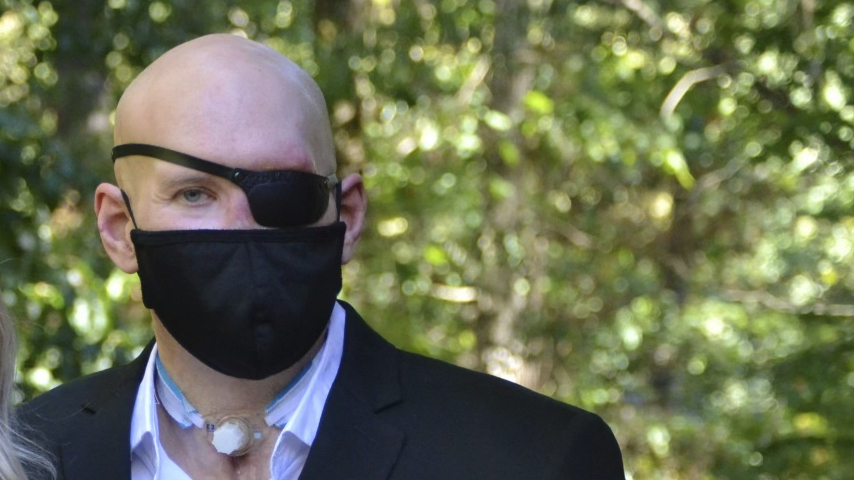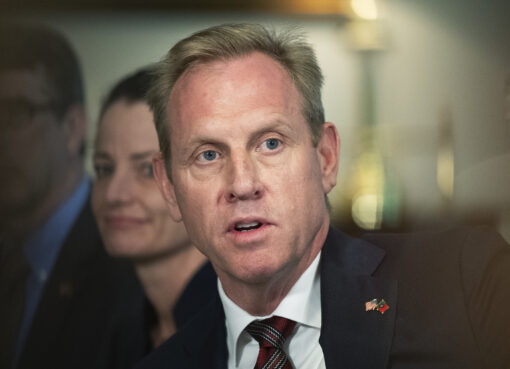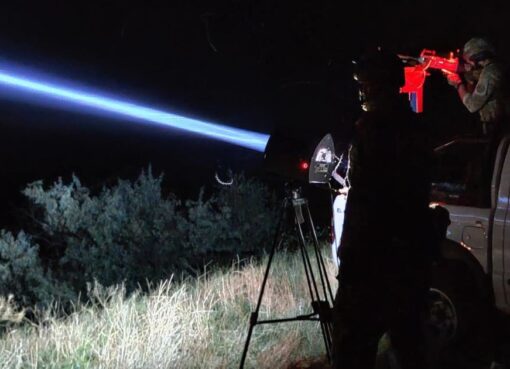Arkansas Man Undergoes First Whole Eye Transplant: NPR

- Surgeons at NYU Langone Health have performed the world’s first transplant of an entire human eye, which was an addition to a face transplant. The patient, Aaron James, lost his face and one eye due to an accident with high-voltage power lines. Although he can’t yet move or blink the new eye, it is recovering well and showing no signs of rejection.
- The surgery offers scientists an unprecedented opportunity to understand how the human eye heals and potentially restore sight in the future. The success of the surgery is considered a validation of animal experiments that have kept transplanted eyes alive. The main challenge lies in regrowing the optic nerve, but advances are being made in animal studies.
- During the surgery, surgeons injected special stem cells from the donor in hopes of spurring repair of the optic nerve. Although James can’t yet open the eyelid, he feels sensations when pressure is applied to the closed eye. Light flashed into the donated eye during an MRI resulted in some sort of brain signaling, exciting but also baffling researchers. The surgery is considered a “technical tour de force”, which could propel the field of eye transplants.
NEW YORK — The world’s first transplant of an entire human eye has been successfully performed. This groundbreaking procedure was an addition to a face transplant on a man named Aaron James, whose face and one eye were destroyed after an accident with high-voltage power lines. NYU Langone Health surgeons hope the transplanted eye will provide better cosmetic results and support for the transplanted eye socket and lid.
James is recovering well from this dual transplant performed last May, with his donated eye showing remarkable health. “It feels good. I still don’t have any movement in it yet. My eyelid, I can’t blink yet. But I’m getting sensation now,” James said.
While transplants of the cornea are common, transplanting the whole eye, including the associated blood supply and optic nerve, is a considerable leap in curing blindness. This surgery offers scientists a unique insight into the human eye’s healing process.
Dr. Eduardo Rodriguez, NYU’s plastic surgery chief, cautioned against raising expectations, “We’re not claiming that we are going to restore sight, but there’s no doubt in my mind we are one step closer.”
The transplanted eye shows good blood flow and no signs of rejection. Further, scans of James’ brain have begun to show some puzzling signals from the injured optic nerve, indicating potential repair.
Dr. Jeffrey Goldberg, chair of ophthalmology at Stanford University, praised the NYU team’s audacity and highlighted the need for research on optic nerve repair.
“We’re really on the precipice of being able to do this,” Goldberg said.
Face transplants are rare and risky. James’ is the 19th in the U.S., the fifth Rodriguez has performed. The eye experiment added even more complexity. But James figured he’d be no worse off if the donated eye failed.
During the 21-hour operation, surgeons injected special stem cells from the donor when they spliced together the donated optic nerve to what remained of James’ original, hoping to spur its repair.
James is now feeling sensations in his facial nerves. NYU ophthalmologist Dr. Vaidehi Dedania found expected damage in the light-sensing retina in the back of the eye. But she said it appears to have enough special cells called photoreceptors to do the job of converting light to electrical signals, one step in creating vision.
Although James’ optic nerve clearly hasn’t healed, an MRI scan recorded some sort of brain signaling when light was flashed into the donated eye. This intriguing development, although it wasn’t the right type for vision, requires further study, cautioned Dr. Steven Galetta, NYU’s neurology chair.
The surgery has been described as “a technical tour de force” by Dr. David Klassen, chief medical officer of the United Network for Organ Sharing, which runs the nation’s transplant system. He believes this single transplant could propel the field.
As for James, “we’re just taking it one day at a time,” he said.
—
Read More USA News


Leave a Comment